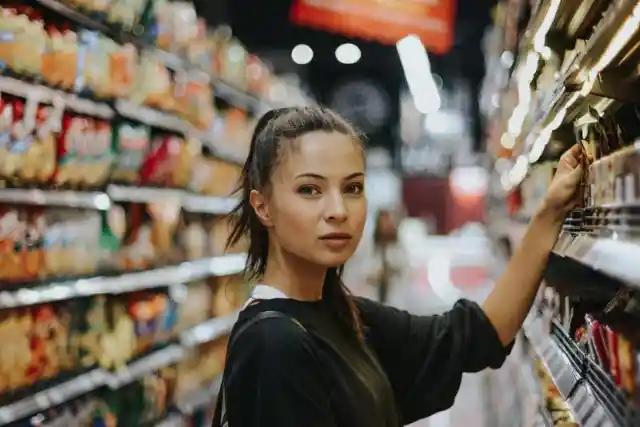As a modern consumer, the wealth of information out there regarding marketing tactics means that we often think we know it all. As we have all found to our cost at times, though, marketing tactics do not stay the same. Brands are forever finding ways to fool us into buying their product over a competitor. Whether it is using a phrase that sounds positive but means something else or the use of plausible deniability, food brands in particular are experts at tricking us. What, though, are some of their most effective (if nefarious) tactics?


Facts that mean nothing
One of the worst things that brands do is put ‘facts’ onto their food packaging that, in essence, means absolutely nothing. They slap nonsense onto the box such as ‘NO ARTIFICIAL COLORS!’ – yet when you look into every competitor, it is the same. This is especially the case with cheese products; many cheese products make claims that are the same as every other cheese product on the market.
Sugar-free – when it’s not
A common claim is also that something is ‘sugar-free’ – yet there are weird rules around sugar quantities. Some products, like breath mints, can be made almost entirely of sugar. Yet because each mint is so small, the quantities are still low enough that it can technically fall into the sugar threshold where you can claim it is ‘sugar-free’ – many people buy sugar-free goods because of the branding, but often it does not stack up to reality.


Brand power over the generic
Another common claim and myth are that commonly used perishables like flour, sugar, and salt need to come from big brand names. Yet it is more or less recognized now that almost every major flour, sugar, and salt brand gets its ingredients from the same sources as the generic own-brand equivalents.
So, when it comes to things like sugar, salt, and flour, you do not have to buy into the brand name fallacy. More often than not, it is the same stuff for a higher price.
A ‘full’ bag that starts halfway
Most of the time when you buy snacks that are in a bag, the bag is filled with air. This gives it the appearance of being full – yet when you open it up, the bag is lucky if it is 50% full. This is a common marketing trick and it makes you feel as if you are getting even more value and that the bag is filled to the brim. When did you last open a bag of chips, for example, and it went to the top? Exactly!